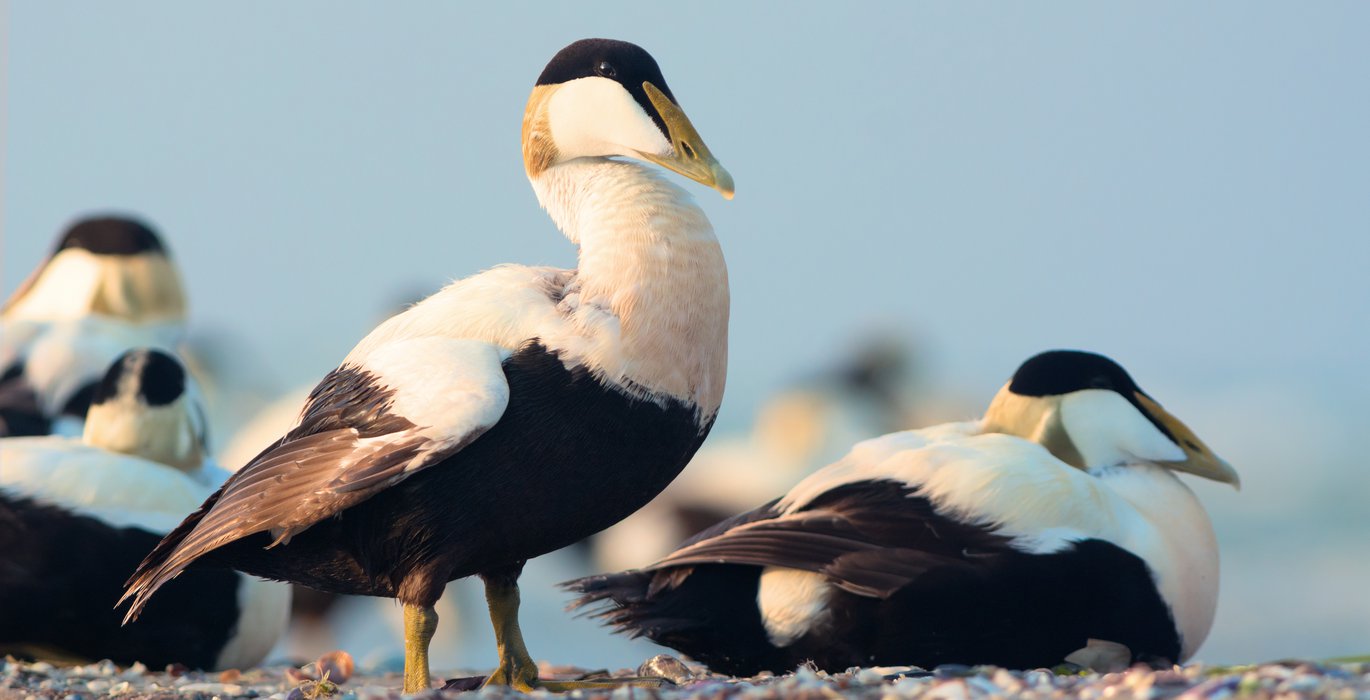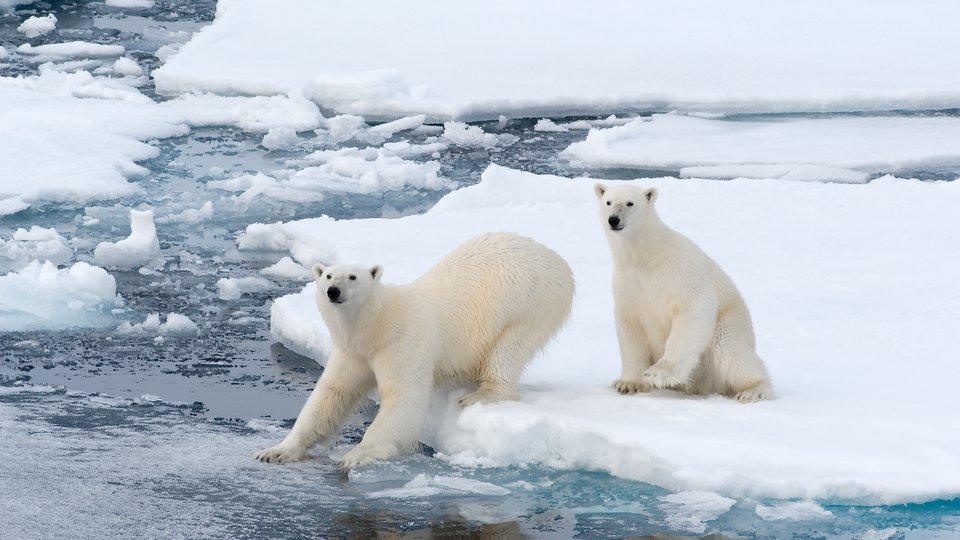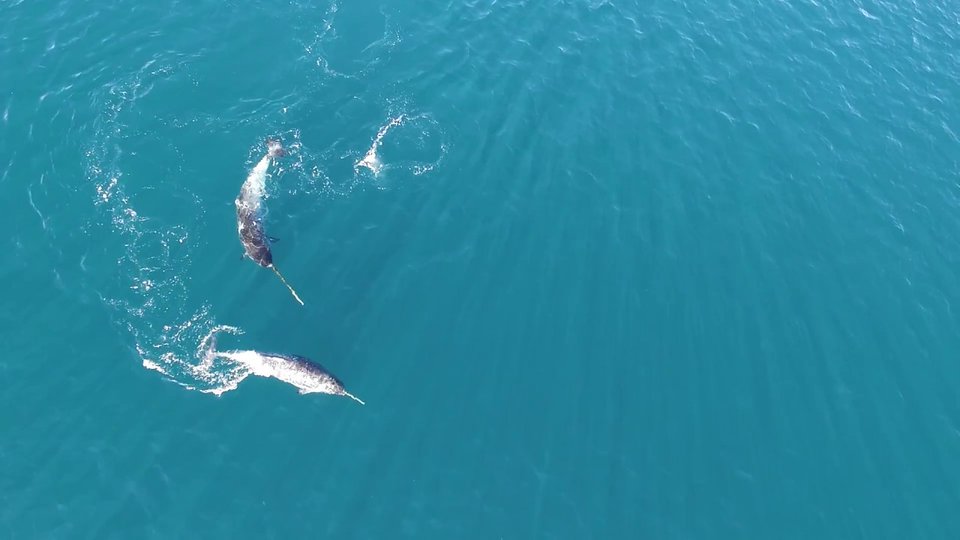
E
rica Geldart, a M.Sc. candidate at the University of Windsor, discusses a new interaction occurring between species in the Arctic as a result of earlier Spring sea-ice break-up. Recently, polar bears have had to turn to alternate food on land, including colonial nesting seabirds such as the common eider. Erica’s aim is to determine the capacity of common eider hens to respond to an increased risk of nest predation by polar bears. Will the eider run or duck and cover? Eider way, Erica plans to investigate whether they spend costly energy responding to a new predator.
You can follow Erica on Twitter.





